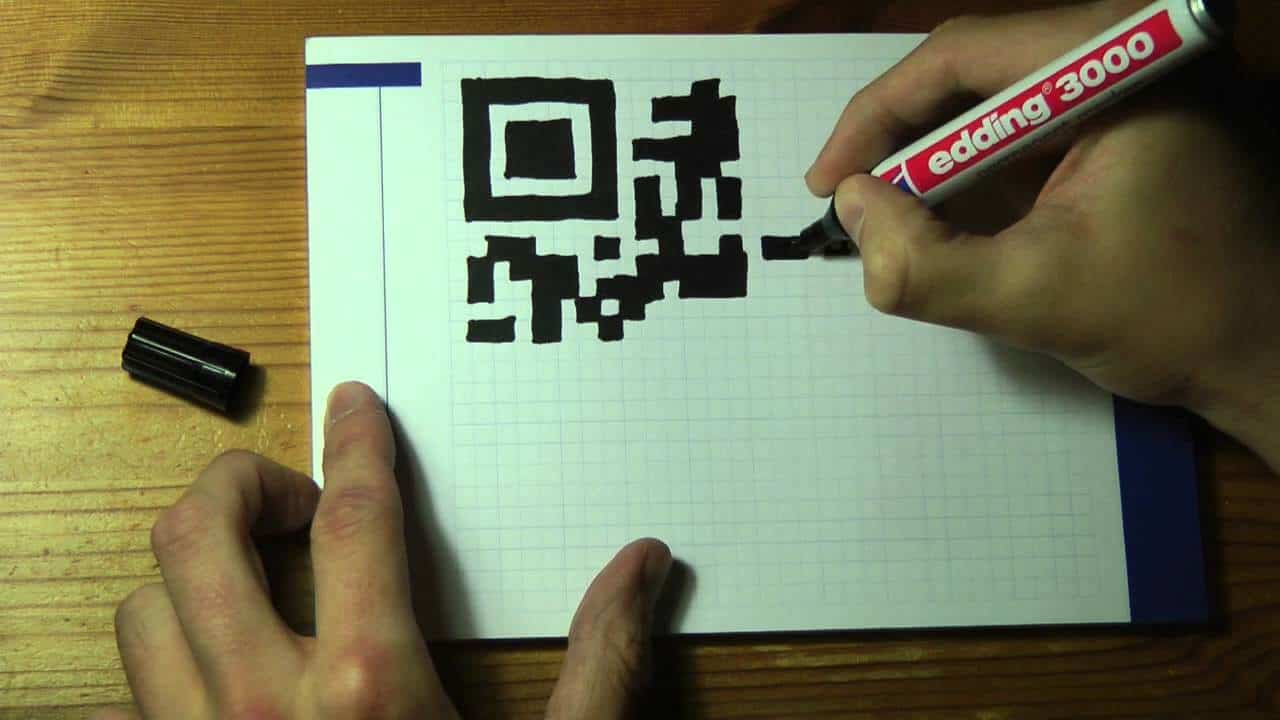QR Codes There are a few aspects to these.
Call to Action (CTA)
What if there was a small message along with the code that said something like “To Meet Me In Person Right Now, Scan This Code!” {And then link directly to a YouTube video of you offering a quick 30 second introduction} or “To Download A Free Report on the 7 Ways to a Killer Reception, Scan This Code” (And send them to your mobile-enabled email list form that is setup with an instant Autoresponder that has said report attached). You will never get anyone to “type in a URL” to get to that same content. No one will ever type in your website and then navigate to your YouTube video that’s embedded in your About Me page – 2/3 of our websites are likely not even mobile friendly to begin with. QR codes are designed as a direct, instant link to specific content. Not just a mysterious link to your home page – like I said earlier, without any CTA, that code and where it takes you is plenty mysterious to keep the user from actually scanning it.
Context of QR Codes
Of course, these may not be in the right context if you’re using your business card as your standard, business to business card so a Videographer probably won’t care. In fact, I don’t have one on my regular business card. But what if this is the card you’re handing to 350+ brides as the next bridal show. What if you’re a speaker/consultant doing a presentation in front of 200 other DJ professionals at a trade show?
Tracking of QR Codes
There is another aspect – do you track your QR code scans? How do we all know they are not working? How many of us have actually tracked the scans? But we’re all quick to jump in and say they’re not working. Bit.ly offers QR codes with all of their shortlinks, so you can later track basic analytics, just like any other bit.ly shortlink you create/use. QRStuff.com offers a boatload of tools, including analytics, though requires a subscription.
Shortlink
Finally, it’s also a good practice to include a url shortlink underneath the code, like in bit.ly format as noted above. This gives the option for the user to manually input the code, just in case you have major technical issues like Cameron here but they truly are interested ;)
With all that said, the fact that they haven’t picked up traction and users reportedly using them less and less, they may very well die off soon. Will they ever go away? That’s the question.



Leave A Comment